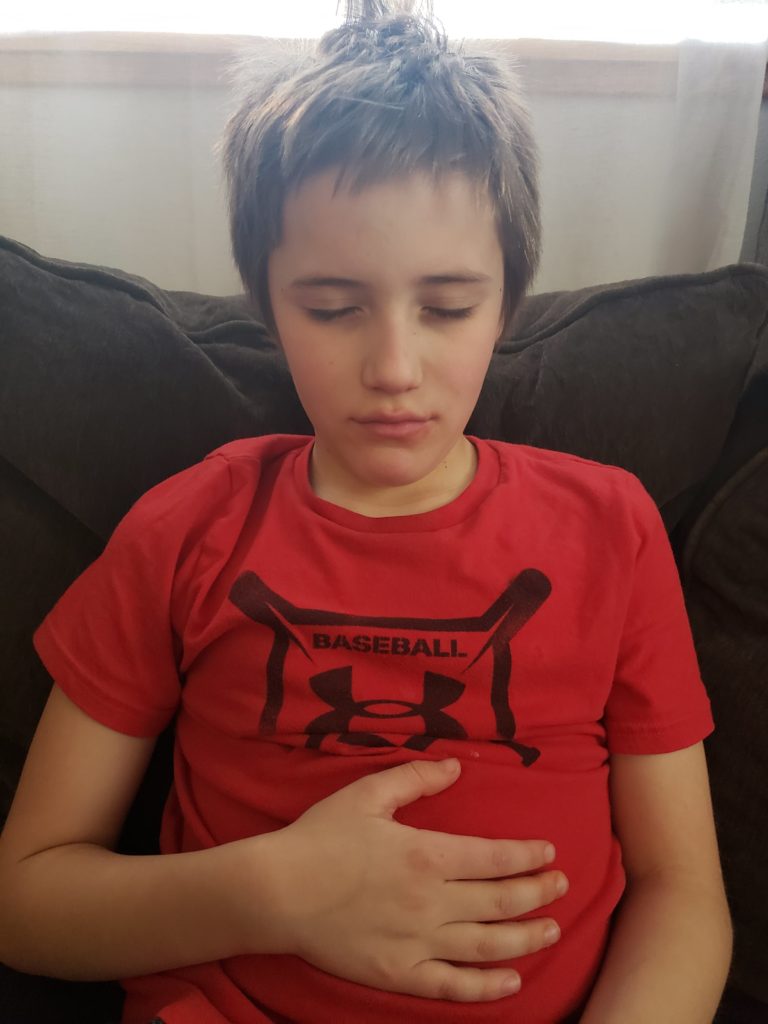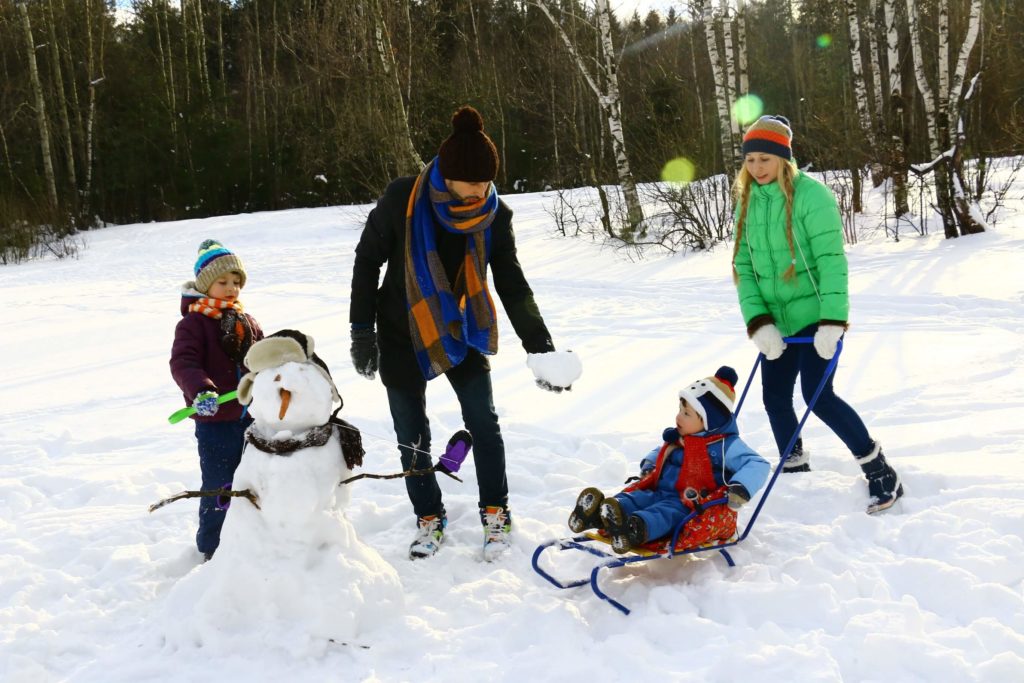Our Blog
03.01.2020
Social Emotional Regulation and Learning
Many people may not know that occupational therapists have fairly extensive backgrounds and training in addressing social-emotional regulation and learning. Therefore, we implement many of the techniques you have likely seen on Pinterest or from your school counselor. During this time, I am happy to share with you my top techniques that I am found

01.15.2020
Birth to Five Language for Real Life
Parenthood can be hard, and toddlers can make it even trickier. It’s not always easy to sit down and have structured time to expose kids to vocabulary and educational concepts, particularly in those early years. The good news is, there is an easier way! As speech therapists, part of our job is to teach parents

12.02.2019
Gift Ideas that Support Development
Whether it’s the upcoming holidays, a birthday, or your child just needs something new to hold their attention, choosing toys that promote learning are a great way to help your child build skills through play. Try to stay away from toys that light up and make a lot of noise. And remember, kids need a

03.14.2020
Fitness With a Side of Dysfunction?
Wow! A lot has changed since I first started writing this article about fitness. COVID 19 is changing all of our lives. People are working from home. Schools are closed. We are all trying to maintain our social distance. We talk a lot about taking care of our kids in this newsletter. But, we also

02.25.2020
Picky Eater or Problem Feeder?
Does your child have problems eating? Is mealtime stressful? Do you know if they are a picky eater or a problem feeder? Pediatric therapists get this question often and, as a result, have tried to come up with an answer. The consensus after lots of classes, trainings, research, and conversations with families and other health

01.06.2020
Play: Our New Year’s Challenge
Parents: Participate in floor play time for 15-30 minutes a day with each child. Just like that, another year has gone by. Our challenge to you in 2020 is to get down on the floor and play with your child for 15 minutes of uninterrupted, technology free, one on one time, every day. Life gets

